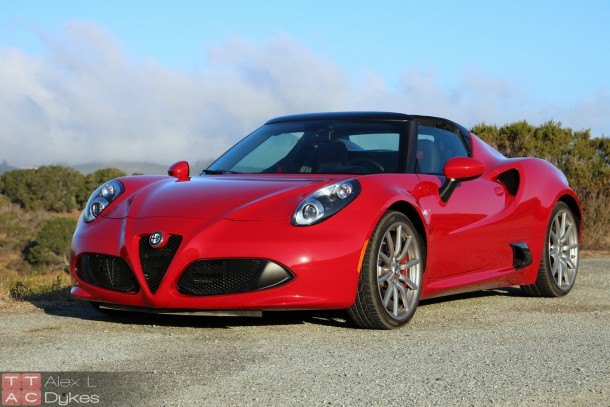#2-seat
2016 Smart Fortwo Review - Honey, I Shrunk The Car [Video]
America loves big cars, big trucks and fat crossovers. If you doubt me, all you need to do is look at 2015’s top sellers. The top five vehicles account for 13 percent of all vehicles sold in the USA this year, and the smallest of the five is the Toyota Camry. Not so small. Check the top 20 list, and the smallest entry is the Corolla which has grown so large we would have called it “midsized” in the ’80s.
Today, we’re looking at a very different kind of car: the 2016 smart fortwo (yes, that’s all lower case for some reason), a car that is six feet shorter than the Corolla.
2008 was Smart’s best year in the USA with some 24,000 cheeky micro cars sold. Since then, sales haven’t been swift. Yearly sales numbers in the USA bounce between 5,000 and 14,000. Canadians, however, seem to love them. Sales volumes in the Great White North hover around half the US volume. Not impressed? The entire Canadian market’s sales numbers are “smart-sized” compared to the United States. Heck, Smart outsells Maserati in Canada. Could it be that, like nationalized healthcare, the Canadians are up to something good? Or, just like healthcare, is this a good idea somewhere else, just not in the USA?
2016 Alfa Romeo 4C Spider Review (With Video)
2016 Alfa Romeo 4C Spider
1.75-liter DOHC I-4, direct injection, turbocharged, CVVT (237 horsepower @ 6,000 rpm; 258 lbs-ft @ 2,200-4,250 rpm)
6-speed “Alfa TCT” dual-clutch automatic
24 city/34 highway/28 combined (EPA Rating, MPG)
28.1 (Observed, MPG)
Tested Options: Rosso Alfa Red paint, Fascia Stone Protector, HID Headlamps, Carbon Fibre Trim Kit, Convenience Package, Racing Exhaust, Red Calipers, 18/19 Inch Staggered Wheels, Leather Package,
Base Price:
$65,495*
As Tested:
$72,295*
* Prices include $1,595 destination charge.
Up ’til now, if you wanted an Italian, mid-engined, street-legal track roadster made out of exotic materials, you needed to be a one-percenter to afford one. But all that is changing with the relaunch of the “other Italian brand,” Alfa Romeo. For the price of a single black-market organ “donation” you can get your hands on the new 2016 Alfa Romeo 4C Spider. Unlike Alfa’s last car sold in America — the Alfa Romeo 8C Competizione — the 4C Spider is pronounceable, will be available in quantity, and is ostensibly attainable at $53,900 for the coupé and $63,900 for the rag top that we got our hands on.
Like the hardtop 4C, this exotic isn’t an enormous bruiser that’s as wide as Kansas, and it doesn’t have a V12. Instead Alfa opted for a small four-cylinder turbocharged engine and a serious dedication to lightweight construction. In some ways you might call this the Italian Lotus. Until we see the 2017 Alfa Romeo Guilia, FCA’s 3-Series fighter, the 4C and 4C Spider are spearheading the brand’s American reboot.
Is that good or bad?



![2016 Smart Fortwo Review - Honey, I Shrunk The Car [Video]](https://cdn-fastly.thetruthaboutcars.com/media/2022/07/19/9237273/2016-smart-fortwo-review-honey-i-shrunk-the-car-video.jpg?size=720x845&nocrop=1)













Recent Comments